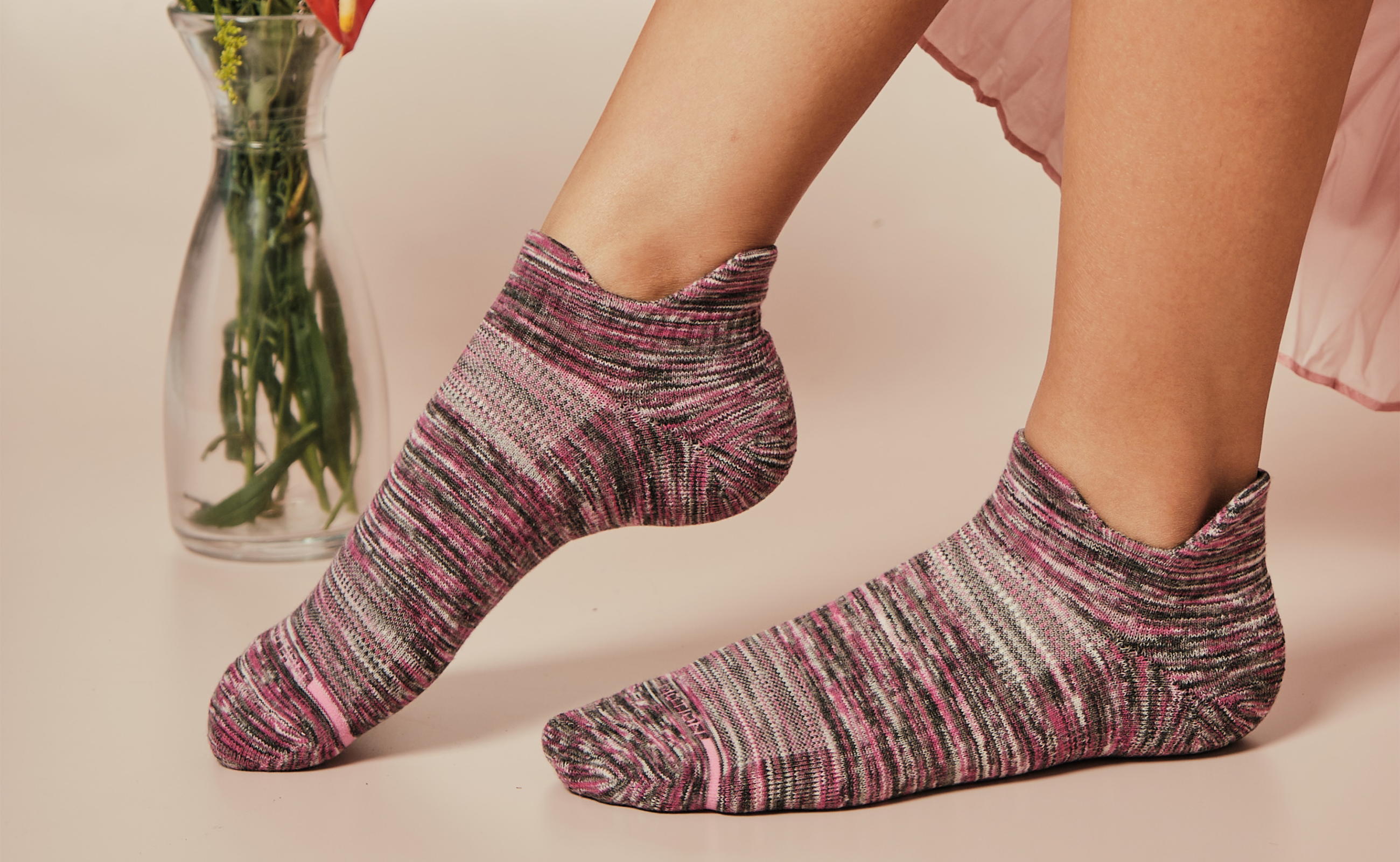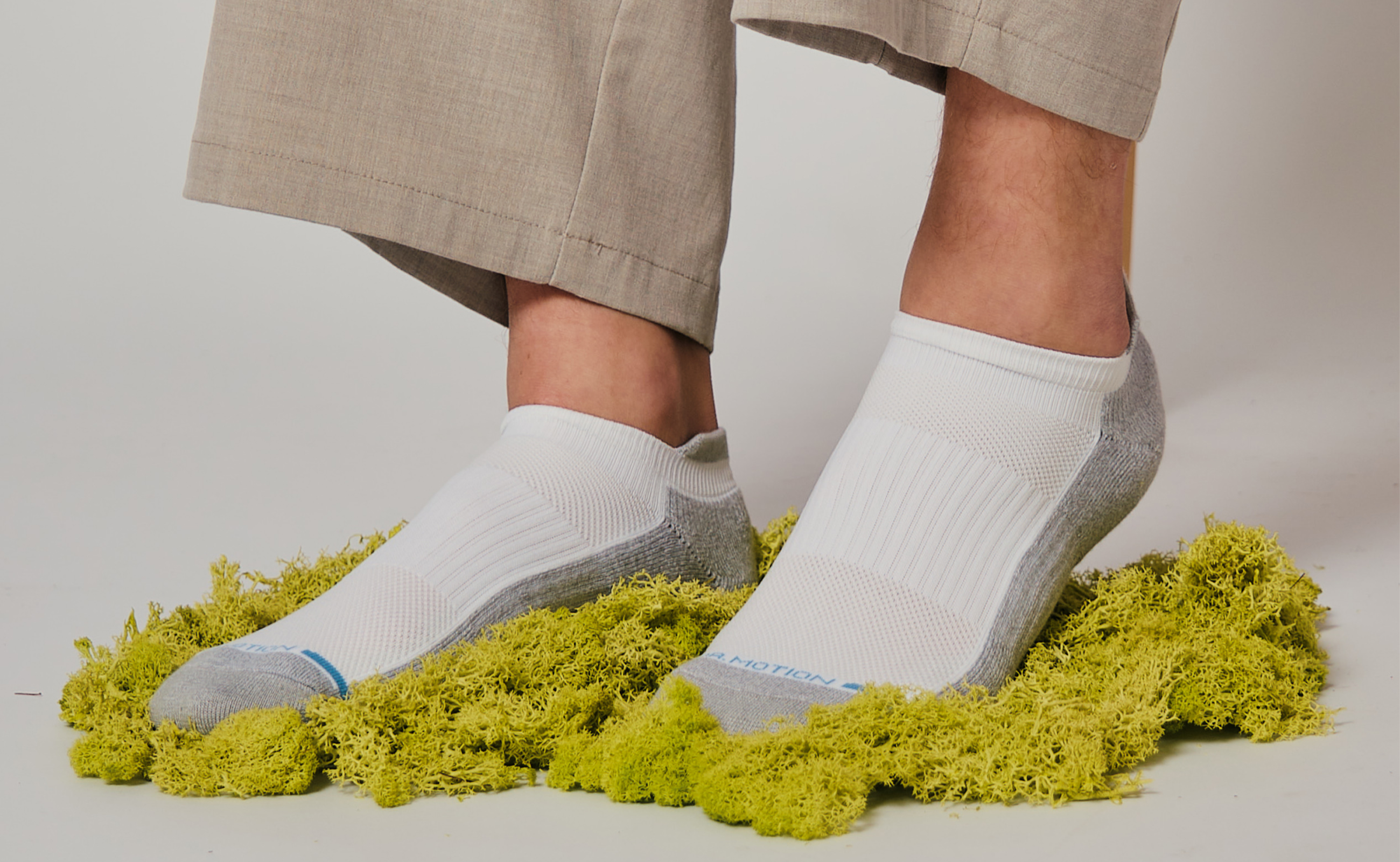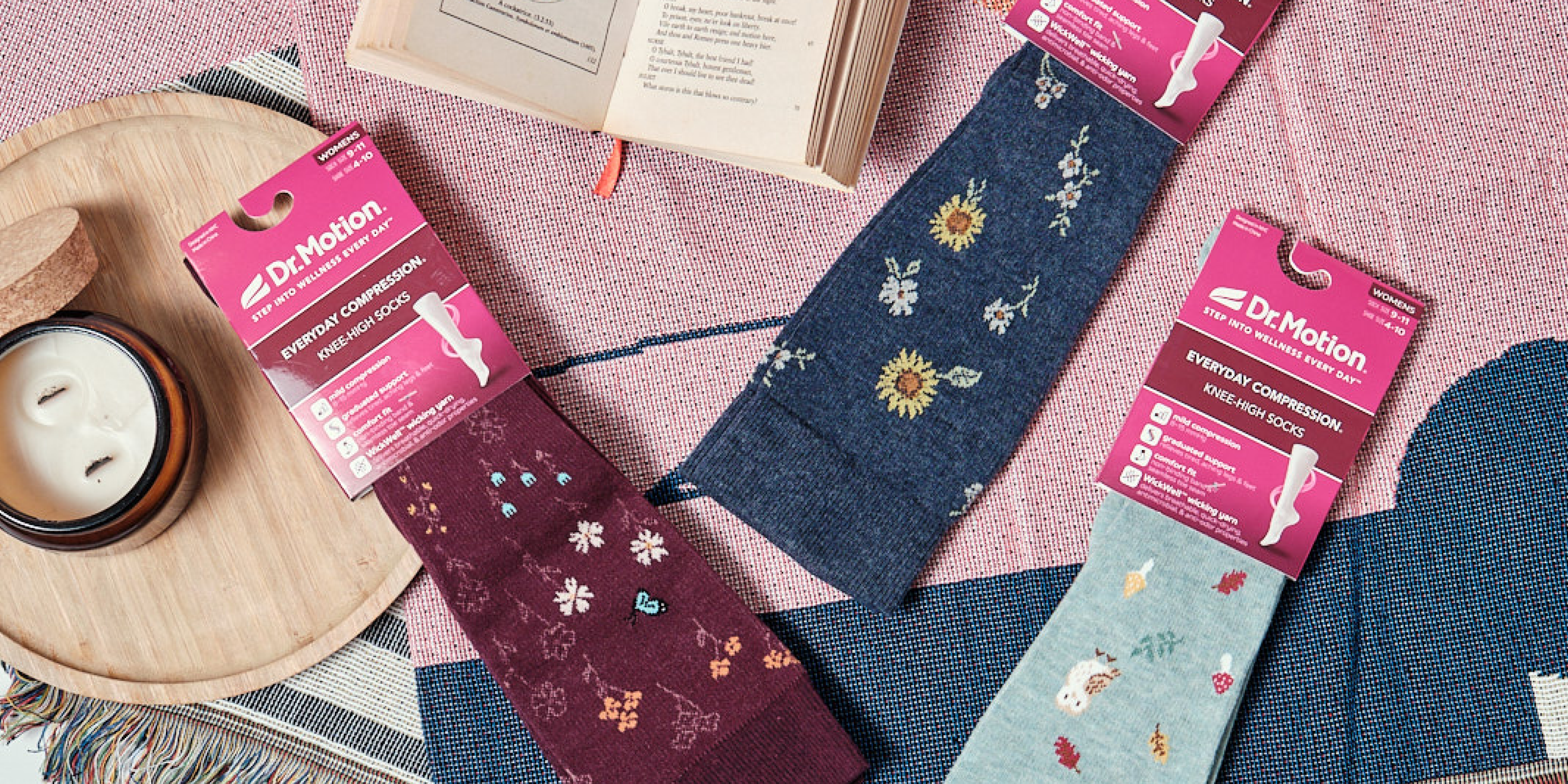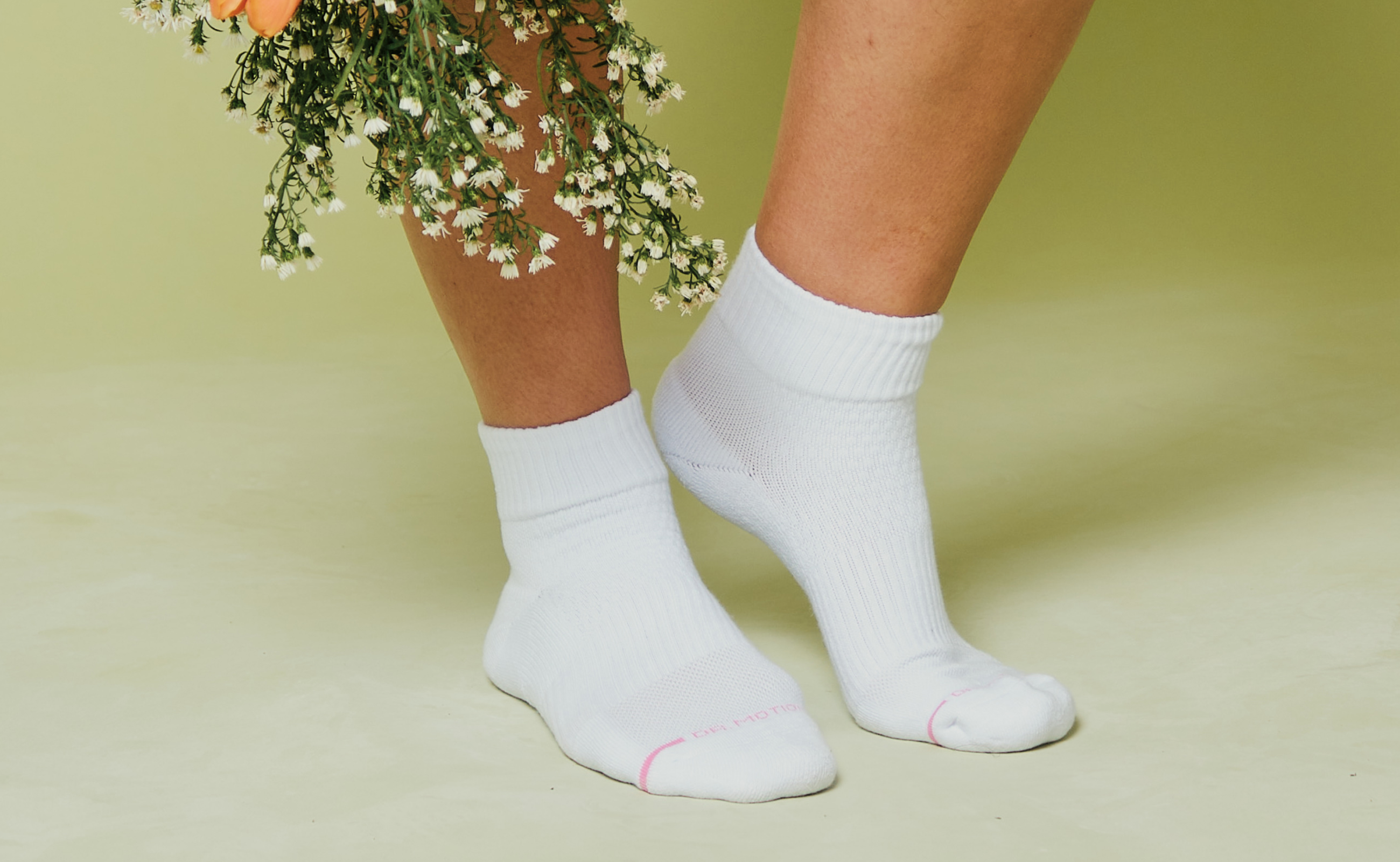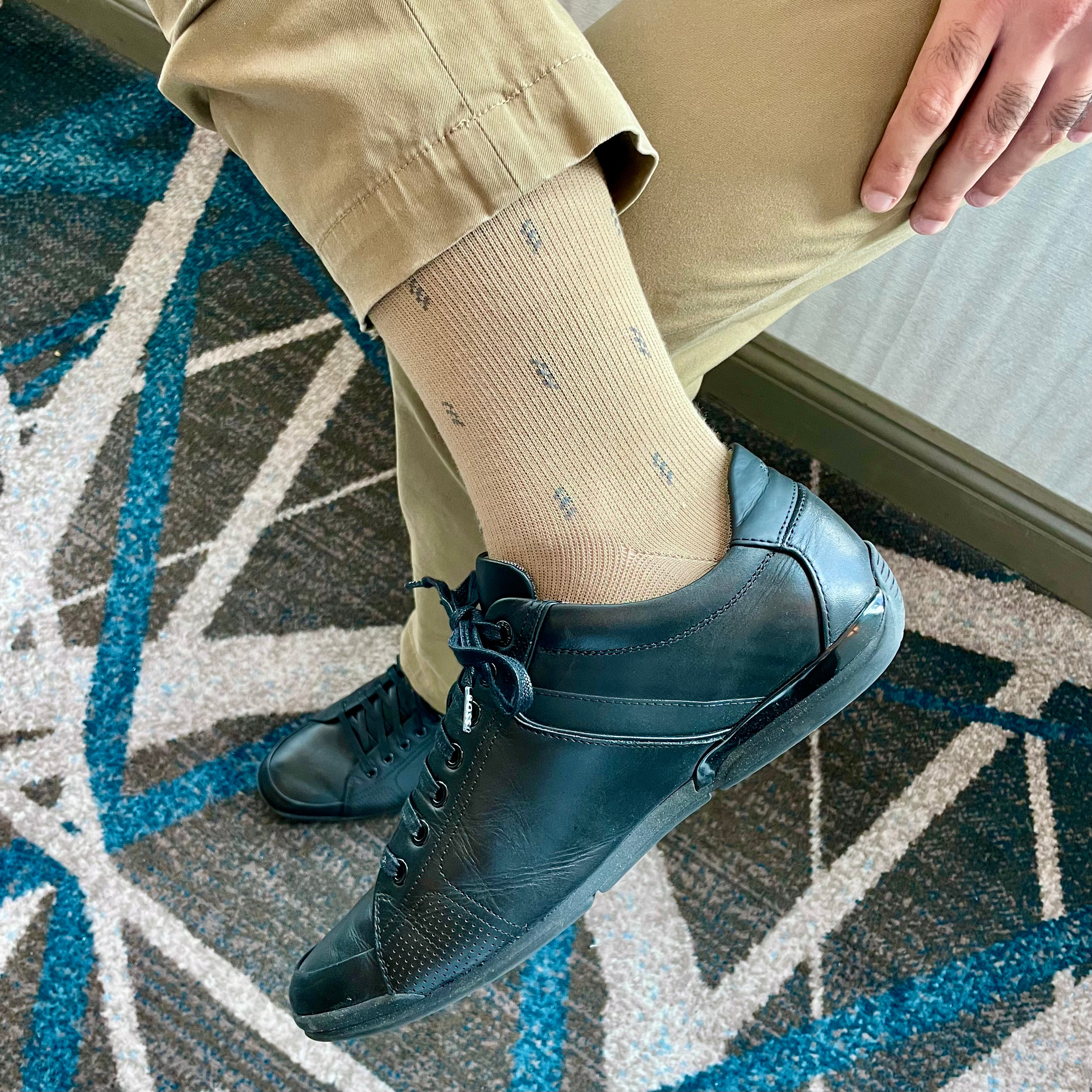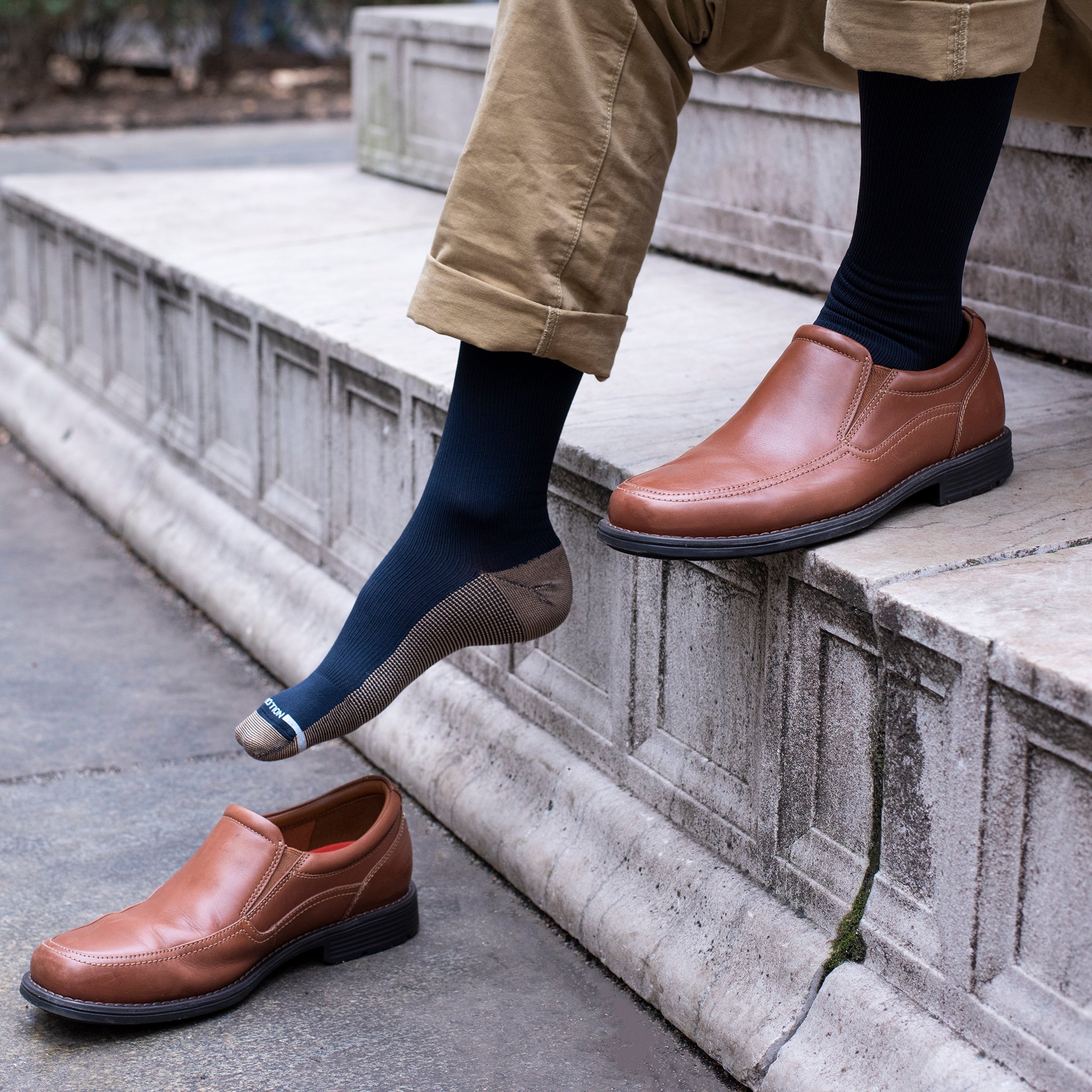Understanding POTS: The Everyday Battle of Staying Upright
Postural Orthostatic Tachycardia Syndrome (POTS) is a condition that affects blood flow, causing the heart rate to increase abnormally when standing up. For those living with POTS, even the simple act of standing upright can feel like a monumental challenge. Symptoms like dizziness, fatigue, heart palpitations, and brain fog can make daily life unpredictable.
Living with POTS requires a blend of management strategies to reduce symptoms and maintain quality of life. Among these strategies, compression socks have emerged as a game-changer for many. Improving blood circulation helps ease the burden of standing upright. But what exactly do compression socks for POTS syndrome do, and how can they make a difference? Let’s break it down.
Why Blood Flow Matters
Blood flow is essential for delivering oxygen and nutrients to every part of the body. In people with POTS, blood tends to pool in the lower extremities upon standing, leaving the brain and upper body short of the blood supply they need. This pooling triggers symptoms like dizziness and fainting.
The pots compression socks work by applying gentle pressure to the legs, encouraging blood to flow upward toward the heart. This simple yet effective mechanism helps reduce the risk of blood pooling, ensuring a more even distribution of blood throughout the body. By improving circulation, compression socks play a crucial role in alleviating some of the most challenging symptoms of POTS. For many patients, the best compression socks for POTS are those that provide the right balance of comfort and support without feeling overly restrictive.
Real Talk: What Do Compression Socks for POTS Actually Do?
Compression socks aren’t just for athletes or travelers—they’re a practical tool for managing POTS. Here’s what they can do:
-
Reduce Dizziness and Lightheadedness: By supporting better circulation, compression socks for POTS patients can help minimize the dizzy spells that often occur when standing.
-
Improve Energy Levels: With more consistent blood flow, your body doesn’t have to work as hard to maintain stability, leaving you with more energy for daily activities.
-
Support Blood Pressure Regulation: Compression socks can assist in stabilizing blood pressure, which is often erratic in POTS patients.
-
Ease Leg Discomfort: The pressure from the socks reduces swelling and fatigue in the legs, a common complaint among POTS sufferers.
However, it’s important to note that Postural Orthostatic Tachycardia Syndrome compression stockings and socks aren’t a cure for the condition. They’re one piece of a larger puzzle in managing the condition effectively. Many people ask, do compression socks help with POTS? The answer is yes they can significantly reduce pooling and dizziness when used correctly, though results may vary from person to person.
How to Choose POTS Compression Socks That Fit Your Life (and Style)
When it comes to compression socks, one size does not fit all. Finding the right pair involves considering several factors:
-
Compression Level: Socks come in various compression levels, measured in millimeters of mercury (mmHg). For POTS, moderate (15-20 mmHg) to medium (20-30 mmHg) compression is often recommended. Consult your healthcare provider to determine the best level for your needs.
-
Length: Compression socks are available as knee-high, thigh-high, or full-length stockings. Knee-high options are popular for their ease of use and versatility, but thigh-highs provide more comprehensive support. You can also explore options featuring enhanced cushion protection for improved comfort.
-
Material: Look for breathable, moisture-wicking fabrics that keep your feet dry and comfortable throughout the day. We suggest anti-microbial and anti-odor Lycra featuring a graduated cuff. These ensure your legs receive the required compression without hindering blood flow.
-
Style: Compression socks have come a long way in design. From solid colors to fun patterns, there’s a style to match every wardrobe. And if you prefer quirky styles, we have several designs featuring stripes, polka-dots, florals, and much more. So now, even your socks can be an exciting element in your everyday wardrobe.
-
Fit: Proper sizing is critical. Measure your calf and ankle circumference to ensure a snug but not restrictive fit.
The right compression socks should feel supportive without causing discomfort. Don’t hesitate to experiment with different styles until you find the best compression socks for POTS that fit your lifestyle.
Compression Socks vs. Tights: Which Is Right for POTS?
Compression socks and stockings serve the same purpose but differ in coverage and application:
-
Compression Socks: Typically knee-high, these are ideal for individuals who need focused support for the lower legs. They’re easier to put on and take off, making them a convenient option for daily wear.
-
Compression Tights: These extend to the waist, providing full-leg support. They’re beneficial for more severe symptoms or when blood pooling occurs higher up in the legs.
The choice between socks and stockings depends on your specific symptoms and comfort preferences. For mild to moderate POTS, knee-high compression socks often suffice. For more comprehensive support, stockings may be the better option. Patients often ask, do compression socks help with POTS when compared to tights? While both provide circulation benefits, socks are generally easier to use and more practical for everyday wear.
Do’s and Don’ts: Getting the Most Out of Your Compression Socks for POTS
To maximize the benefits of compression socks, follow these tips
Do’s:
-
Wear your socks during the day, especially when you’ll be standing or sitting for extended periods.
-
Put them on in the morning before getting out of bed, as this helps prevent blood pooling from the start of the day.
-
Wash your socks regularly to maintain their elasticity and hygiene.
Don’ts:
-
Avoid wearing compression socks while sleeping unless directed by a healthcare provider.
-
Try not to ignore signs of discomfort or tightness; ill-fitting socks can cause more harm than good.
-
Avoid skipping medical consultations; compression socks are most effective when integrated into a broader management plan.
Beyond Socks: Tips for Thriving with POTS
While compression socks are a valuable tool, managing POTS requires a holistic approach. Here are some additional tips:
-
Hydration: All POTS patients are advised to ensure good blood volume by increasing the quantity of fluids in their diets. Eating and drinking hydrating foods, such as those with high electrolyte content, can be especially advantageous.
-
Exercise: Perform gentle exercises that will increase the circulation in your body, such as swimming, recumbent cycling, or yoga, and ensure cardiovascular strength.
-
Dietary Adjustments: Include frequent, small meals to help improve your blood glucose fluctuation. Eat more salt if your doctor has suggested so.
-
Lifestyle Modifications: Do not stand or sit for long periods of time. Some of the recommended seating arrangements to be used include recliners or leg elevation pillows to enhance blood flow.
-
Clothing Choices: Wear non-tight and aerated clothing so you don’t exacerbate the already compromised blood flow.
A Motivational Note: Small Steps, Big Impact
Living with POTS can feel overwhelming, but every small step counts. Whether it’s slipping on a pair of pots compression socks, sipping an electrolyte drink, or taking a short walk, these actions add up to make a meaningful difference. Remember, you’re not alone in this journey. With the right compression socks and dedicated strategies, managing POTS becomes less of a battle and more of a pathway to reclaiming your life. Embrace the small victories, celebrate progress, and know that you’re taking charge of your health one step at a time.


